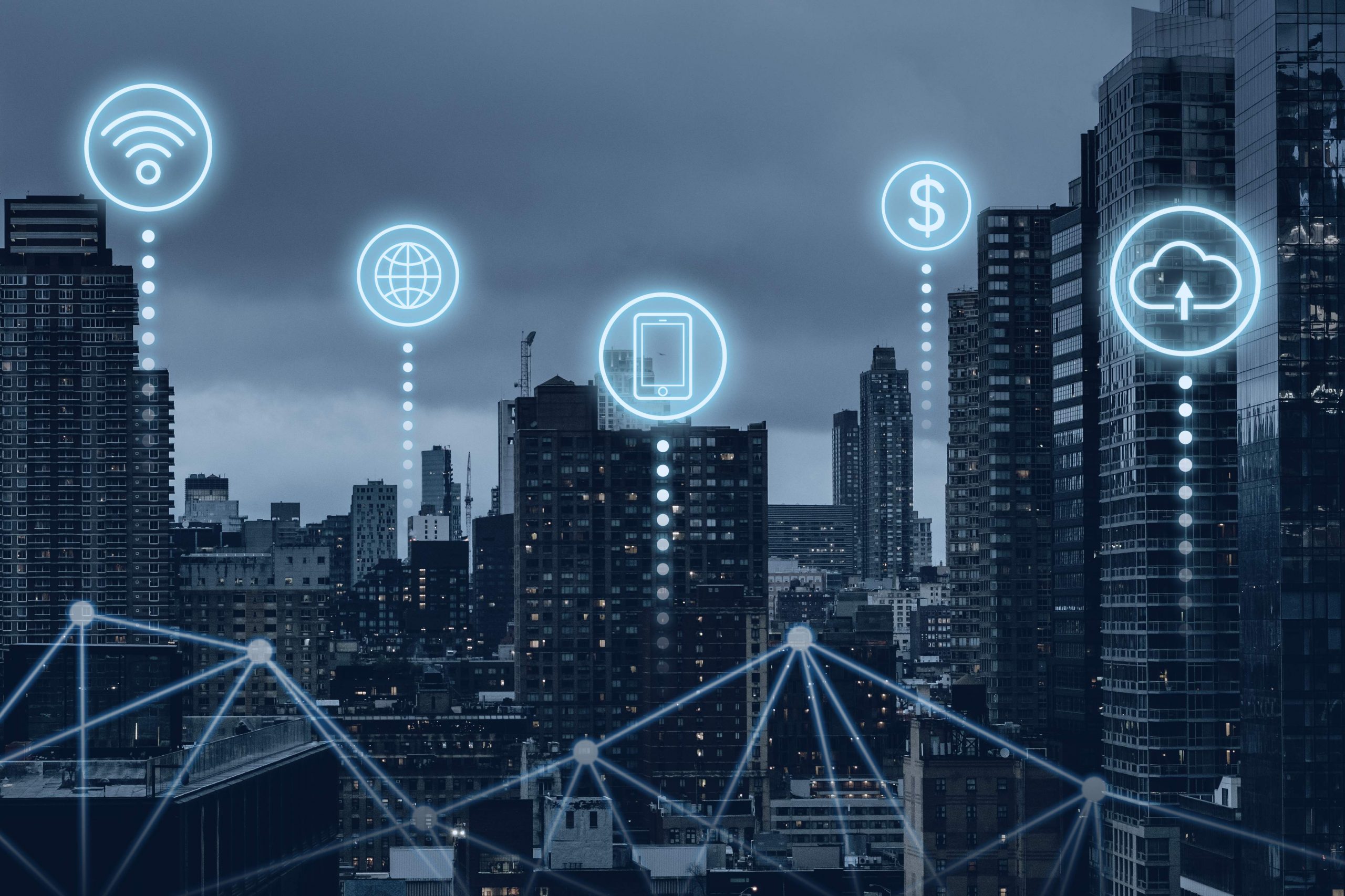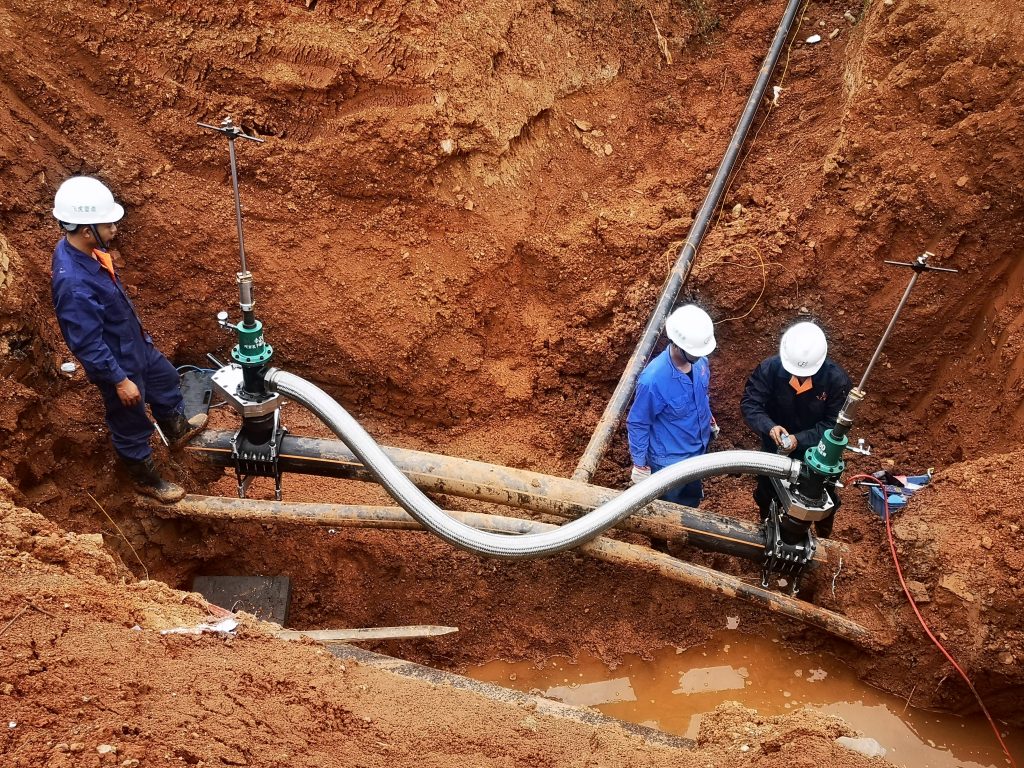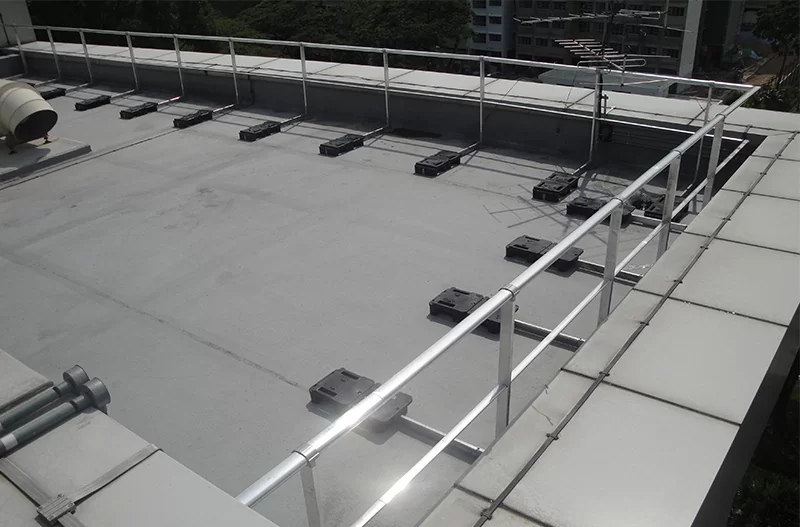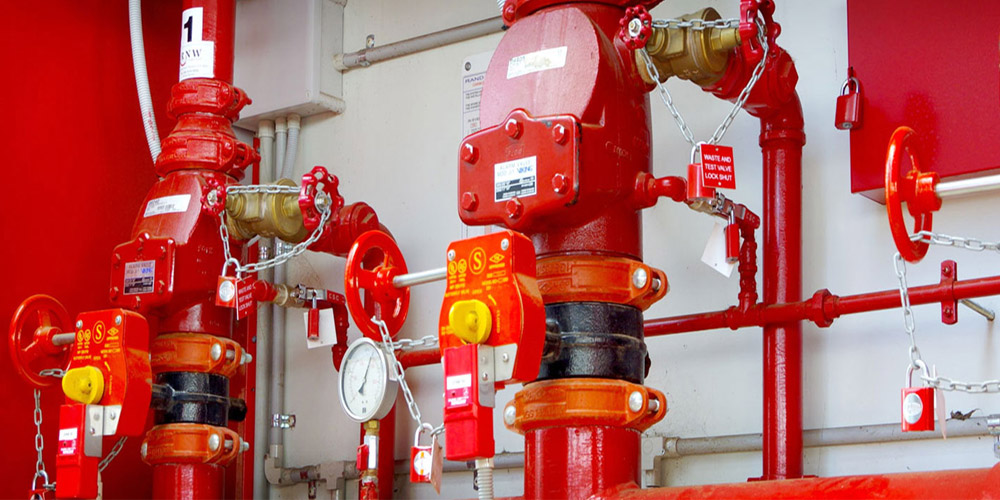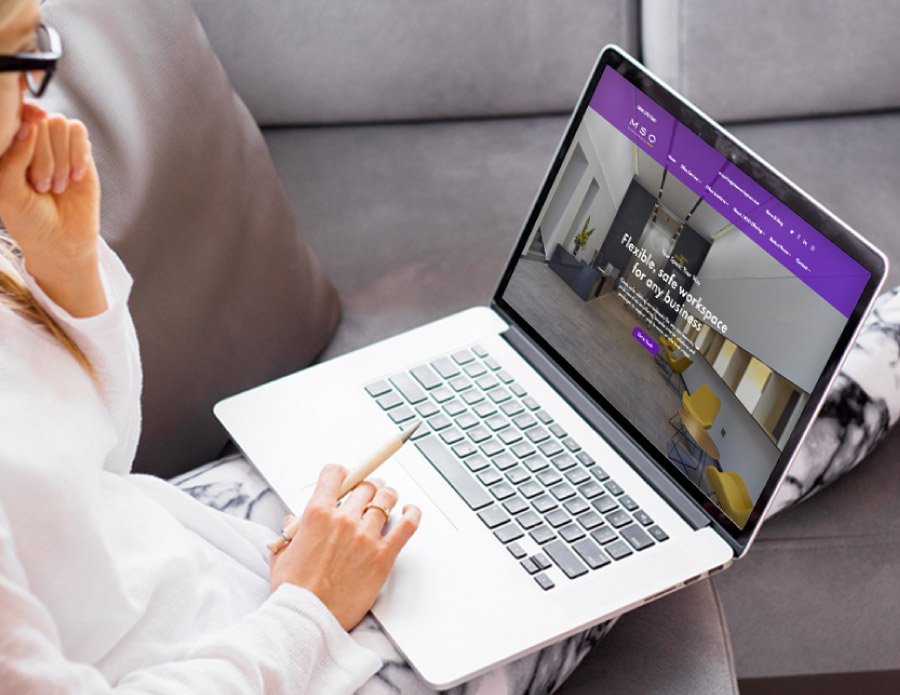Managing modern buildings comes with complex challenges that demand intelligent, adaptive solutions. The rise of the Internet of Things (IoT) is revolutionizing how facilities operate by turning traditional buildings into smart, responsive environments. IoT for building management is not just a trend — it’s becoming an essential approach to enhance efficiency, sustainability, and occupant comfort.
Imagine a building where energy consumption adjusts automatically based on real-time usage, maintenance needs are predicted before any failure occurs, and every system can be monitored remotely with ease. This is the promise of IoT-powered building management systems, which are transforming the industry by delivering actionable insights and seamless control.
What is IoT in Building Management?
At its core, IoT involves connecting everyday devices to the internet, allowing them to send, receive, and process data. In the context of building management, this means integrating sensors, meters, actuators, and other smart devices throughout a facility to collect valuable data on everything from temperature and humidity to energy use and equipment health.
An IoT building management system uses this data to optimize building operations, automate processes, and provide managers with real-time visibility into performance metrics. This system connects HVAC units, lighting, security, water management, and more — creating a unified network that transforms static buildings into dynamic, adaptive environments.
Key Benefits of IoT for Building Management
The adoption of IoT for building management delivers multiple benefits that impact both the operational bottom line and the overall building experience.
Enhanced Energy Efficiency and Cost Savings: Energy consumption is one of the highest operating costs for any building. IoT systems enable intelligent control of heating, ventilation, air conditioning, and lighting based on occupancy and environmental conditions. This real-time adjustment leads to significant energy savings and lower utility bills, while reducing carbon emissions for a greener footprint.
Predictive Maintenance to Avoid Downtime: Traditional maintenance schedules can lead to unnecessary costs or unexpected equipment failures. IoT sensors monitor machinery health and environmental factors continuously, enabling predictive maintenance that anticipates issues before they escalate. This proactive approach minimizes downtime and extends equipment lifespan, saving both time and money.
Real-Time Monitoring and Data-Driven Insights: Building managers gain a comprehensive view of operations through dashboards displaying real-time data. This transparency helps identify inefficiencies quickly and supports data-driven decisions that improve performance. Whether managing one building or an entire portfolio, IoT systems provide scalable insights tailored to specific needs.
Improved Occupant Comfort and Safety: Smart building technology adjusts lighting, air quality, and temperature to optimize occupant comfort automatically. IoT-based security systems offer enhanced safety features such as smart access controls and surveillance. Together, these improvements create healthier, more secure environments that boost productivity and satisfaction.
Environmental Sustainability and Reduced Carbon Footprint: By optimizing resource use and minimizing waste, IoT-enabled buildings support sustainability goals. Data-driven strategies help reduce water and energy consumption, contributing to certifications like LEED and aligning with corporate social responsibility initiatives.
How IoT Transforms Traditional Building Management
Traditional building management often relies on manual processes, fixed schedules, and reactive maintenance. With IoT for building management, automation becomes central — systems communicate with each other and adjust operations dynamically based on actual conditions.
For example, a sensor detecting low occupancy can automatically dim lights and adjust HVAC settings, whereas smart meters provide real-time feedback on energy consumption, allowing instant corrections. Remote monitoring capabilities enable facility managers to oversee multiple sites from anywhere, saving time and increasing responsiveness.
The integration of IoT systems with existing infrastructure can be smooth and non-disruptive, often using wireless technologies to avoid costly rewiring. This modern approach elevates building management from routine tasks to strategic operations.
Features to Look for in an IoT Building Management System
Choosing the right IoT solution is critical to unlocking these benefits. Here are key features to consider:
- Scalability: The system should support growth, whether managing a single facility or a multi-building portfolio.
- Data Security and Privacy: With sensitive operational data involved, compliance with regulations such as GDPR, along with data anonymization and encryption, ensures information remains protected.
- User-Friendly Dashboards: Clear analytics and intuitive interfaces empower managers to make informed decisions quickly.
- Customizable Alerts and Automation: Tailored notifications and rules help automate responses to specific conditions, enhancing efficiency and safety.
Challenges and Considerations
Despite its advantages, implementing IoT for building management comes with challenges:
- Data Privacy and Cybersecurity: Protecting IoT networks from breaches requires robust security protocols and continuous monitoring.
- Integration Complexity: Legacy systems may need upgrading or careful integration to work seamlessly with new IoT devices.
- Investment and ROI: While IoT solutions can reduce long-term costs, initial investments must be justified with clear ROI strategies.
- Selecting the Right Partner: Partnering with experienced providers ensures smooth deployment, ongoing support, and access to innovations.
Advancer Smart Technology (AST) – Leading the Way
Advancer Smart Technology (AST) stands at the forefront of IoT innovation in building management. AST’s solutions deliver scalable, sustainable, and intelligent systems designed to meet diverse operational needs.
AST emphasizes data privacy and security, rigorously complying with GDPR and utilizing encryption to protect client data. Their mission is to simplify building operations while minimizing environmental impact, helping organizations adopt smart technologies without sacrificing control or safety.
By choosing AST, clients gain a trusted partner dedicated to elevating efficiency and sustainability, transforming facilities into smart ecosystems that thrive in today’s digital age.
The Future of IoT in Building Management
The future of IoT for building management looks bright with exciting trends on the horizon:
- Artificial Intelligence (AI): AI will enhance IoT systems by enabling even more precise predictions and autonomous decision-making.
- Edge Computing: Processing data closer to devices reduces latency and improves system responsiveness.
- 5G Connectivity: Faster, more reliable networks will expand IoT capabilities, especially for large-scale and remote facilities.
- Increased Focus on Sustainability: As regulations tighten, IoT solutions will play a critical role in helping buildings meet energy and environmental standards.
Embracing these innovations will allow building managers to create healthier, safer, and more efficient environments that respond proactively to occupants’ needs and environmental challenges.
Takeaway
The integration of IoT for building management is reshaping the way facilities operate, delivering smarter, greener, and more cost-effective buildings. By leveraging real-time data, predictive analytics, and automation, IoT transforms traditional buildings into dynamic, sustainable spaces.
Whether upgrading an existing property or planning a new development, adopting IoT solutions is essential to future-proof operations and stay competitive. Trusted partners like Advancer Smart Technology provide the expertise, innovation, and commitment needed to unlock the full potential of smart building management.

